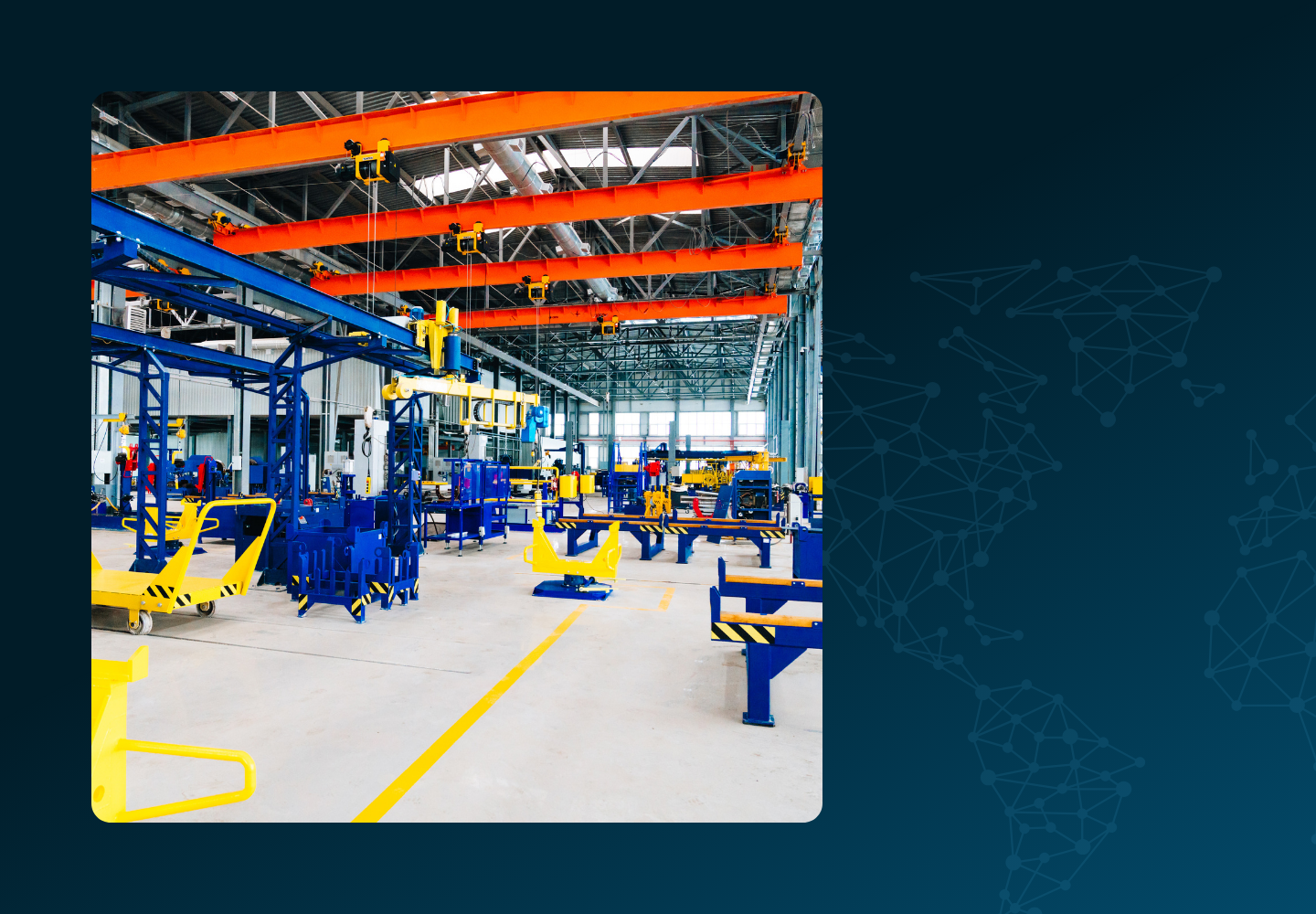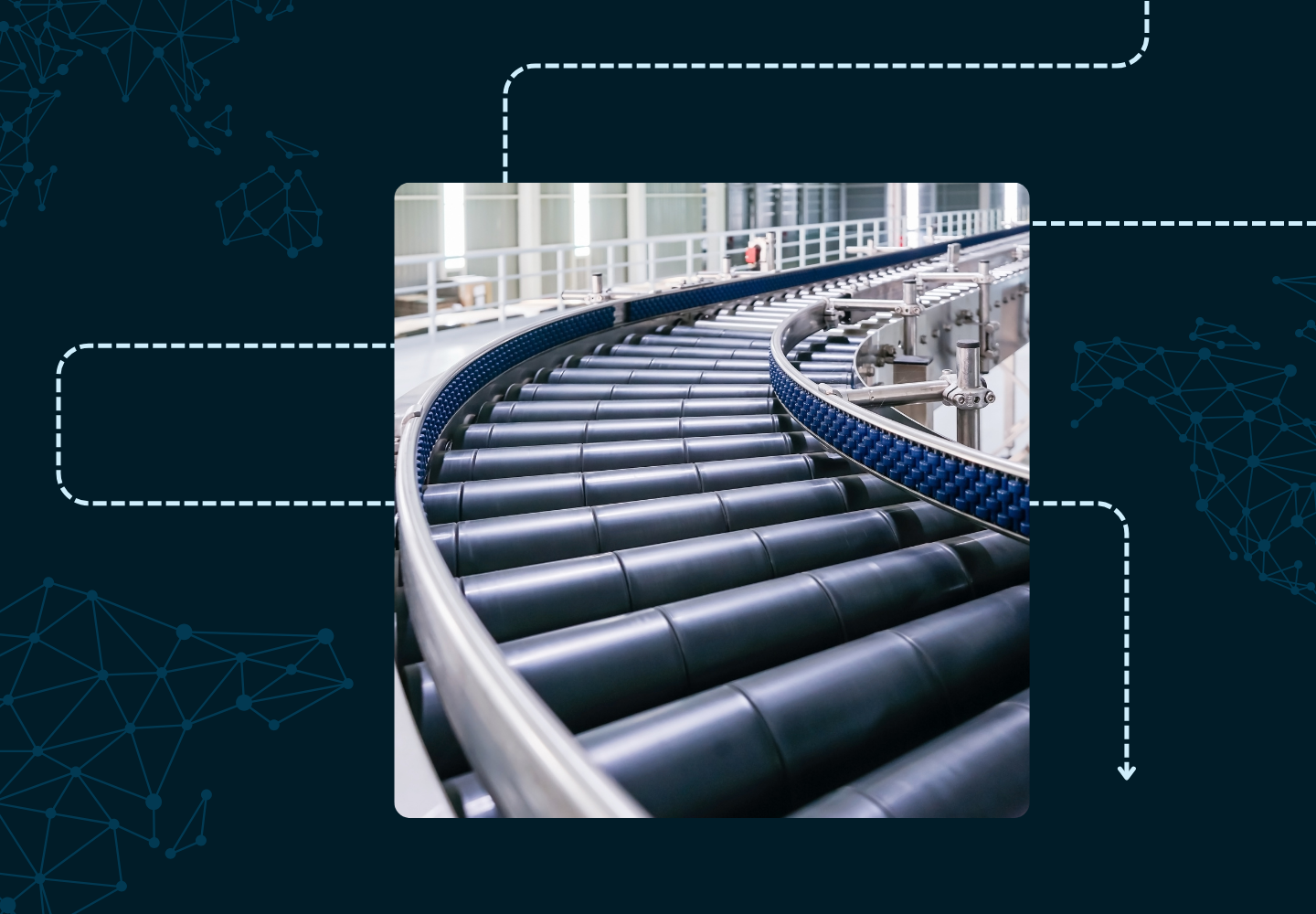In the logistics industry, technology is a driving force. It is no doubt due to technological advancements that online shopping, as well as shipping and delivering online orders, have experienced exponential growth in recent years. As a result of ever-changing customer expectations, though, it's not surprising that there have been some growing pains too.
Transportation, the internet of things, cybersecurity, and supply chain management are all technologies that impact logistics. That technology influences shipping processes, mobility, warehousing, security, and the stability of supply chains. Technology is tightly embedded in the success of the logistics industry as a whole. According to Gartner, 61% of respondents say that technology is a course of competitive advantage. However, some of the effects, like expensive set-up costs and learning curves of new technology, can lead to loss of employee morale (in some cases even loss of employment), which can result in big disruptions.
Does technology enhance or detract from logistics?
As mentioned above, implementing innovative technology in the logistics industry can save time and money in the long run, but it can be a costly undertaking upfront. It is, therefore, crucial to determine which technologies are appropriate for your business and which technologies are not. With the right technology, everyone's lives get easier, from the supply chain manager to the delivery driver to the customer.
In light of this, here are four ways that advanced technologies are transforming the logistics industry, and why you may find them useful:
Last-mile delivery
The demand for last-mile delivery is surging, particularly during peak seasons. This phase of delivery faces numerous challenges, including managing order demand, delivery processing, and maintaining accurate inventory levels, all while ensuring transparency. According to a study by Verte, consumers highly value the ability to track their packages, with 20% of consumers checking tracking information multiple times a day.
To meet these expectations, adopting sustainable shipping practices in last-mile delivery is essential. Technologies such as autonomous and electric vehicles are revolutionizing this space, enhancing efficiency and reducing costs. The shift towards drones and self-driving cars is not only aimed at easing urban congestion but also at increasing delivery convenience. These advancements lead to significant reductions in labor costs and improve safety by minimizing human involvement in the delivery process. While these changes might reduce the demand for commercial drivers, traditional ground delivery remains indispensable. To optimize last-mile operations, companies are increasingly relying on advanced navigation and routing tools to avoid congestion and expedite deliveries.
Integration of Communication Platforms
A logistics strategy cannot be successful without effective communication. Your company's reputation can be enhanced by being transparent and the use of technology facilitates open and rapid communication. An integral part of communication is the integration of multiple platforms. Viewing all information that customers demand, like tracking, all in one platform, satisfies their need for speed and convenience. By establishing transparency and sharing data, technologies such as augmented reality and artificial intelligence have been developed within logistic strategies to provide visibility throughout the entire supply chain. Additionally, security is a key part of integration across multiple platforms, and there is a strong focus on technology that builds cybersecurity that will protect both businesses and their customers. Optimizing cloud-based security systems and technology allows logistics to streamline packaging and order shipment while also protecting from fraud.
Warehouse Systems
It is extremely important to maintain inventory levels through tracking, tracing, and inventory control. This keeps the supply chain well adjusted as companies are aware of when to replenish stock, fulfill orders and give accurate accounts of arrival times. Warehouse automation can improve productivity, speed, and efficiency by removing human error. By 2026, 75% of large enterprises will have adopted some kind of smart robot within their warehouse operations to help with logistics, reports Gartner. Depending on the model, robots can perform 300 or 500 picking operations per hour, compared to 100 picking operations per hour from humans. Yet, like with most new technologies, there are limits to automation and robotization, and machines and robots can be most effective when they work harmoniously alongside humans. To reduce shipping time and costs and to combat labor shortages, warehouse automation technology coordinates with workers to improve pickers, shippers, and packers.
Shipping APIs
There's no universal solution to technology and logistics, which is why investing in a shipping solution with a flexible shipping API integration with customizable features can be crucial for your business (though we admit to being slightly biased). ShipWise excels at tailoring its e-commerce shipping solutions to meet unique business needs. This shipping solution provides all the necessary components to reduce time spent and lower the costs associated with shipping. Its primary aim is to automate all fulfillment operations, manage orders, control shipping costs, and even streamline communication. A robust shipping solution like ShipWise automates order processing, significantly reducing the manual labor involved in printing labels and dispatching orders. Furthermore, ShipWise's technology enables real-time rate comparisons among your preferred carriers, taking advantage of your negotiated carrier discounts. You can set business rules and map orders based on customer preferences for delivery times or costs.
With labor constraints, technology opens the doors for more agile and flexible businesses to emerge. Technology that helps improve human decision-making will be at the forefront of innovation in the next few years as it is the people who set the expectations for the industry. Consequently, logistics companies must evaluate the risks and opportunities of this transformation in order to seek a balance between disruptions for positive change and disruptions that could negatively impact the industry. Technology is built for the people, and people must understand how to interpret the data in front of them and act on it. Technology is constantly changing, and with it, the logistics industry is evolving before our eyes.




.svg)

.avif)
.svg)
.svg)

.avif)